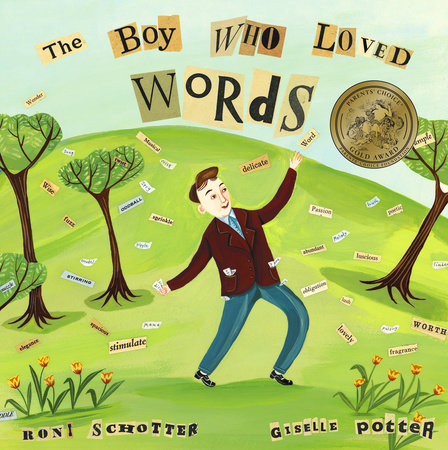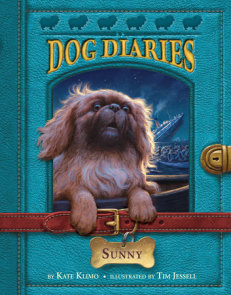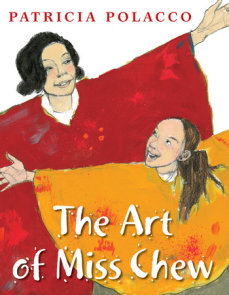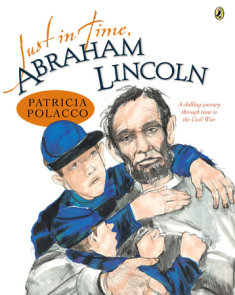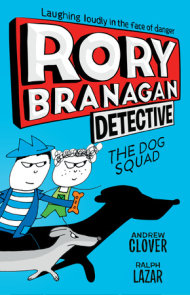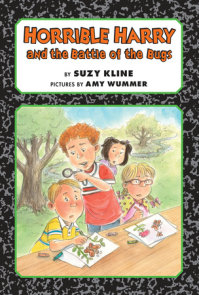TEACHING GUIDE
ABOUT THIS BOOK
This delightful picture book will inspire its readers to celebrate language and look for new words wherever they go.
Words. Selig loves everything about them–the way they taste on his tongue (tantalizing), the sound they whisper in his ears (tintinnabulating!), and–most of all–the way they stir his heart. And he collects them voraciously, the way others collect stamps or seashells. But, what to do with so many luscious words? Surrounded by doubters, Selig journeys forth and discovers that there is always someone searching for the perfect word . . . a word that he can provide. This enchanting tale celebrates language, the gift and gusto of words, and one boy’s larger-than-life passion.
ABOUT THIS AUTHOR
about the author
Roni Schotter is the author of numerous books for children, including Nothing Ever Happens on 90th Street, an NCTE Notable Trade Book in the Language Arts; F Is for Freedom, recipient of the Washington Irving Award; Hanukkah!, winner of the National Jewish Book Award; Captain Bob Takes Flight; and Captain Bob Sets Sail. She lives in Hastings, New York.
about the illustrator
Giselle Potter is the author and illustrator of Chloe’s Birthday . . . and Me and The Year I Didn’t Go to School. She is also the illustrator of Mary Pope Osborne’s Sleeping Bobby, The Brave Little Seamstress (an ALA Notable Book), and Kate and the Beanstalk (also an ALA Notable Book). Ms. Potter is hoping someone like Selig will drop some good words on her head soon. She lives in Rosendale, New York.
TEACHING IDEAS
pre-reading activity
Show students the cover of the book–or any scenic picture–and have them list as many descriptive words as they can to explain what they see. On chart paper, list your students’ words. Use this list as a basis for the beginning of a vocabulary tree.
the love of words. . .
WORD TREE–Using large pieces of chart paper, create a tree on a bulletin board or wall. Ask students to share some of their favorite words with the class, then have them write the word on a cut-out leaf to display on the class word tree. As students encounter new and exciting words, have them add these words to the tree. Including simple definitions to the words on display will make this word tree a great resource for students. When a student is speaking and cannot come up with the right word, ask him or her to consult the word tree for help.
WORD POUCH–Reproduce the templates on page 4 of this guide, and ask students to start collecting their own favorite words by jotting them down on slips of paper and keeping them in a “word pouch.” Encourage students to use these words in their writing and in conversations with each other. At the end of the week, have students share their new words with the class and demonstrate how they can use the words in a proper sentence.
WORD JOURNAL–After reading The Boy Who Loved Words, have students create their own word journals by using notebooks or notepads. Students can add words of choice by either setting up their journals like a dictionary; by descriptive sections: see, smell, taste, hear, feel; or simply as a list. They can include definitions, pictures, synonyms, or antonyms. Students can then use this journal as a reference guide when writing or editing their own stories.
WORDSMITH–After reading the story once, discuss how Selig loved words. Tell students that you are going to read the story again and ask them to select a few of their favorite words from the story. Write these words on the board or on chart paper and have students brainstorm as many new words as they can that have the same meaning. Discuss how students can use a thesaurus to expand their lists. These new words can be used in editing some of their own writing pieces.
Discuss how certain words are stronger or more descriptive, much like the words Selig uses. Have students brainstorm some words that are less descriptive, such as nice, good, happy. Display each of these plain word options on a tombstone to create a graveyard of words to be put to rest, then create a bed of flowers and write new exciting words on the flower petals to show growth in the new word choices. Students can refer to the words on the flowers whenever they get stumped thinking of a new word.
EDITING–Make an overhead of a passage from the story, but replace the italicized descriptive words with simple boring words. Reread the passage and ask students if they notice a difference in the story. Have students help edit the passage by adding vivid and exciting words to make the story come to life again. Compare these editing exercises to the editing you would like them to do in their own writing.
WRITERS’ WORKSHOP–Ask students to write their own descriptive story, then have them pair up with another student. Ask each pair to trade papers and read each other’s writing, circling those words that need some pizzazz; then have students return one another’s papers so that they can make revisions. Ask students to consult the word tree if they need help finding new descriptive words for their revisions.
connecting to the curriculum
SOCIAL STUDIES–Selig’s mom prepares all of his favorite foods. Ask students to share some of their family’s traditional foods and research their historical background. Invite students to create posters displaying their favorite foods to share with classmates. Make sure they include descriptive words on their posters to label each food. Selig enjoys the outdoors. As a class, take a nature walk around the school’s property, a local park, or the neighborhood. In a journal, ask students to list as many words as they can to describe the surrounding area. Ask students if the setting in The Boy Who Loved Words is similar or different than their own neighborhood. Compare the different areas.
ART–After reading the story, ask students to draw their own illustrations, either based on the story or on their own choice of subject. Have students model the illustrator’s technique of labeling the illustration, describing the sights, smells, feelings, tastes, sounds, etc. Then they can then write their own stories based on their new illustrations.
MUSIC–Selig loved words while Melody sang the sweetest of all songs. Discuss how literature, poetry, and music are similar. Then ask students to pair up to write a poem using descriptive words and see how easily it can be turned into a song. Then ask them to share it with the class.
VOCABULARY
Ask students to find unfamiliar words and try to define them from the context of the story. Such words may include chum, dusk, gusto, licketysplit, rucksack, savory, slumber, spry, strudel, tantalizing, and toddle. Once students find the definitions for these words, they can also use the thesaurus to find other words that have similar meanings.
COPYRIGHT
Activities prepared by Kristi Weikel, elementary teacher, Rockville Centre, New York.
×
Become a Member
Just for joining you’ll get personalized recommendations on your dashboard daily and features only for members.
Find Out More Join Now Sign In








